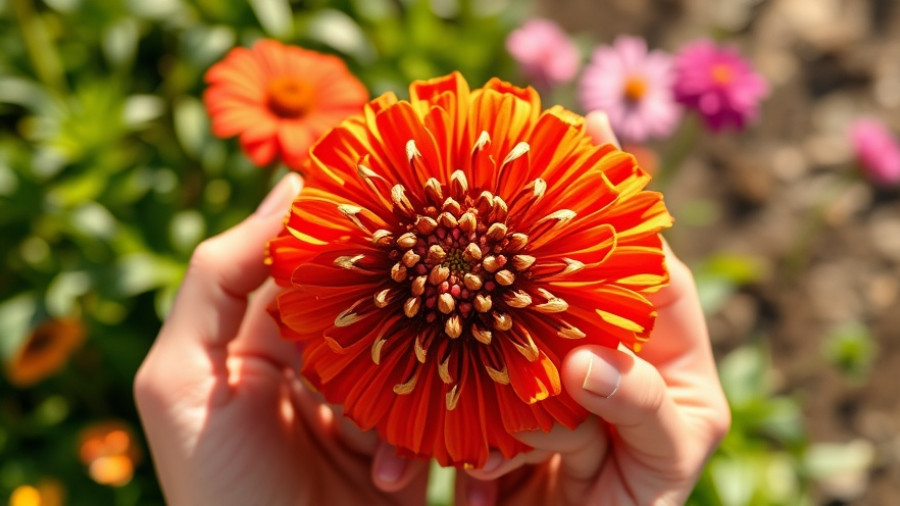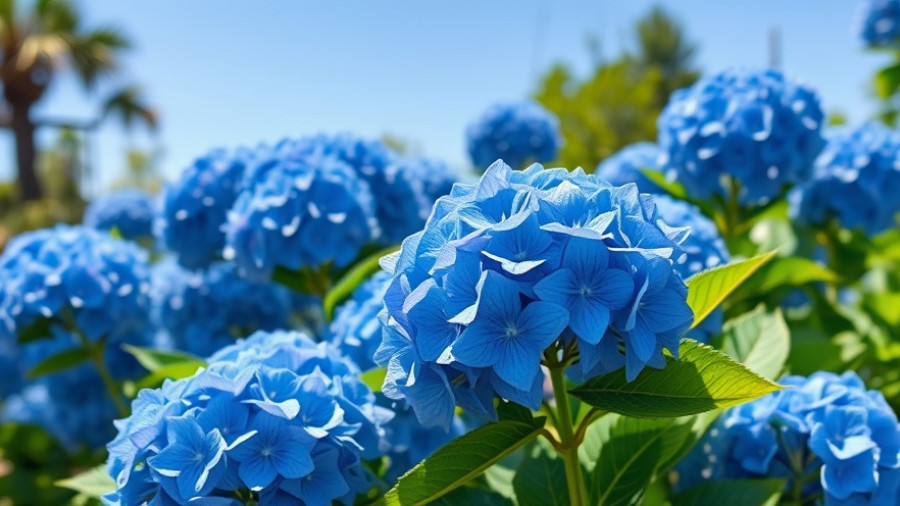
Revolutionize Your Backyard with Regenerative Gardening
Regenerative gardening isn’t just for large-scale farmers anymore; it is equally for the dedicated home gardener. This natural method encourages us to collaborate with nature rather than impose our will upon it, enabling you to cultivate healthier crops with less physical strain. By adopting these seven approachable regenerative gardening practices presented by Jerad Bryant, you can turn your garden into a vibrant ecosystem.
Understanding the Ecosystem of Your Garden
To grasp regenerative gardening, imagine the intricate web of life present in a forest. This environment thrives due to its harmonious balance between trees, shrubs, soil, fungi, and numerous tiny creatures. In regenerative gardening, the focus shifts from individual crop health to the overall vitality of the ecosystem, emphasizing that healthy soil equals healthy plants. In this model, the role of crucial players like pollinators and beneficial insects becomes paramount. They, in turn, cultivate a flourishing garden that can yield abundant produce.
The Power of Composting: Start Today!
One of the fundamental practices in regenerative gardening is composting. Think of compost as an essential layer that mimics the natural leaf litter in a forest. By composting kitchen scraps, garden waste, and paper materials, you can create rich humus—a soil particle that greatly enhances both porosity and moisture retention. To get started on your compost pile, strike a balance between 'greens' (nitrogen-rich materials) and 'browns' (carbon-rich materials). The ideal ratio is approximately 30:1 carbon to nitrogen, which promotes efficient decomposition without unpleasant odors and helps maintain optimal soil health.
Mixing It Up: The Benefits of Diverse Planting
Incorporating a range of plants—including native flowers and vegetables—can enhance biodiversity in your garden. Floral selections such as the Precious Pollinators Flower Mix not only beautify your space but also contribute to a thriving ecosystem by attracting beneficial insects. These diverse plantings support the vital connections within the food web, ensuring your garden remains lush and productive.
Getting Hands-On: Practical Techniques for Success
Consider implementing simple practices that encourage environmental health. Use mulch to suppress weeds while conserving moisture, and adopt natural pest control methods that involve the introduction of predatory insects. Learning how to manage soil quality through rotational planting and cover crops will keep your yard's vitality intact and improve your yield year after year.
Persevering Through Challenges
Just like any new practice, regenerative gardening comes with its challenges. It may take time to notice significant changes in the soil health and plant productivity. Be patient with the process and remember that the primary objective is to co-create with nature, which gradually leads to rewarding results, both in terms of yield and ecosystem wellness.
Take Action Today for a Greener Tomorrow!
Now that you have learned about the principles of regenerative gardening and its incredible impact on the environment, why not take action? Start composting, plant a variety of flowers and crops, and observe the natural synergy unfold in your backyard. Transform your outdoor space into a flourishing sanctuary for both your family and local wildlife.
 Add Row
Add Row  Add
Add 




Write A Comment